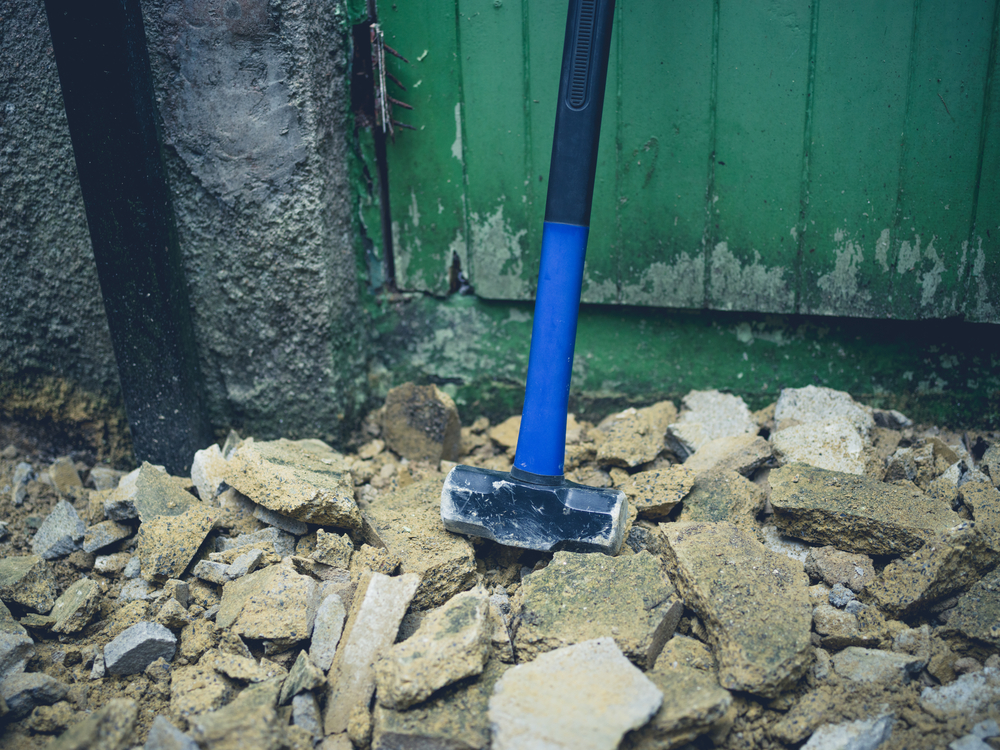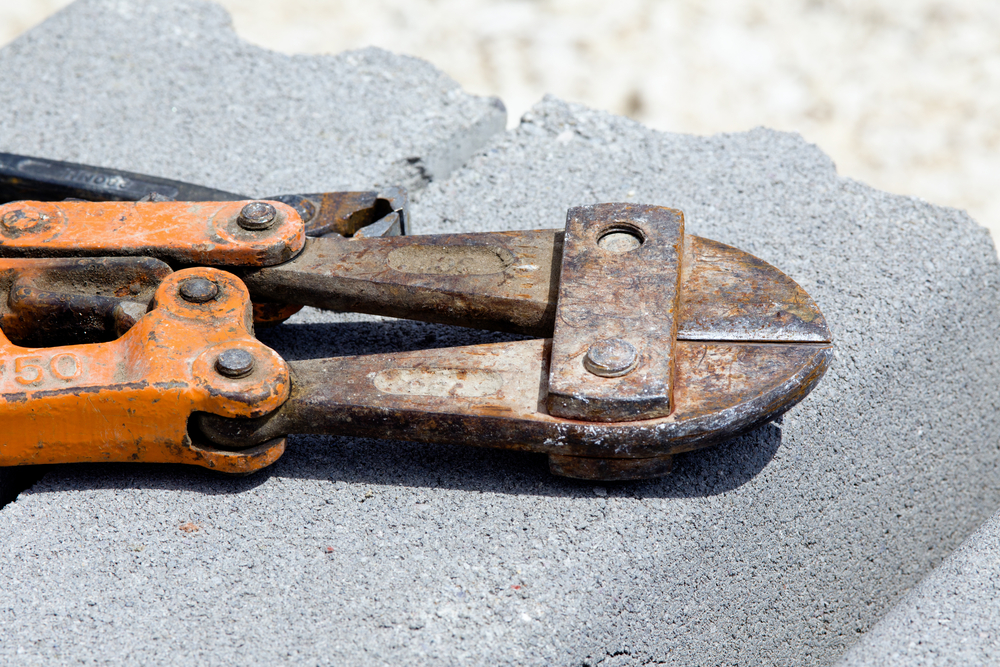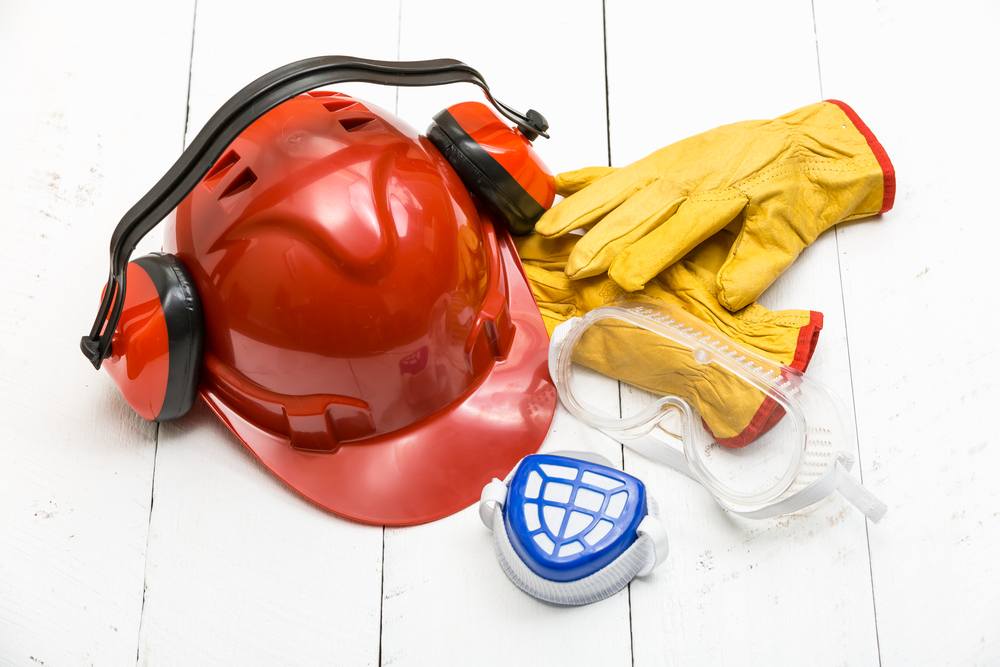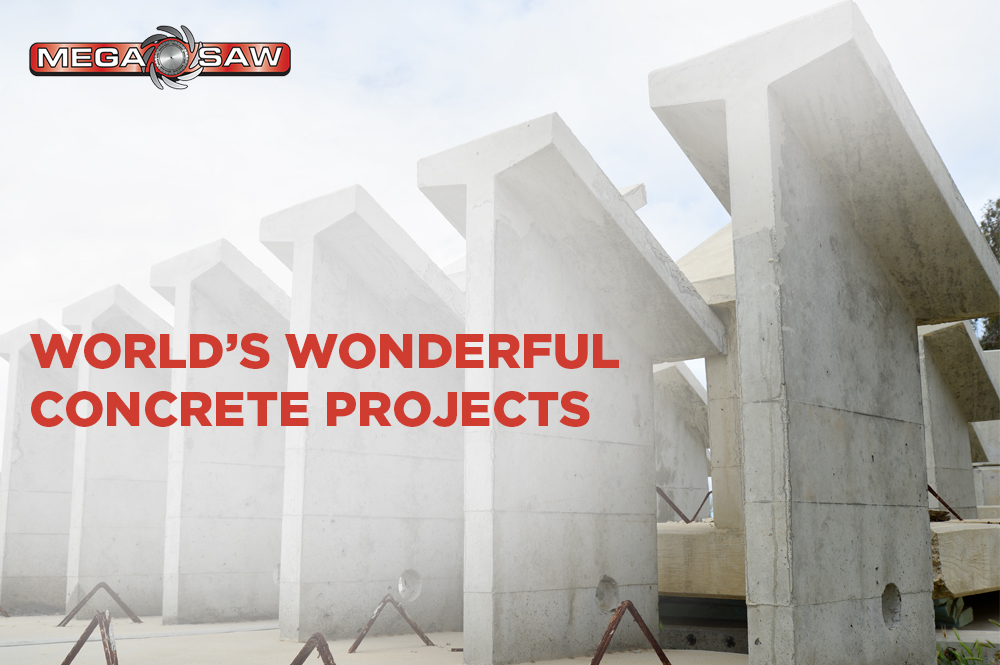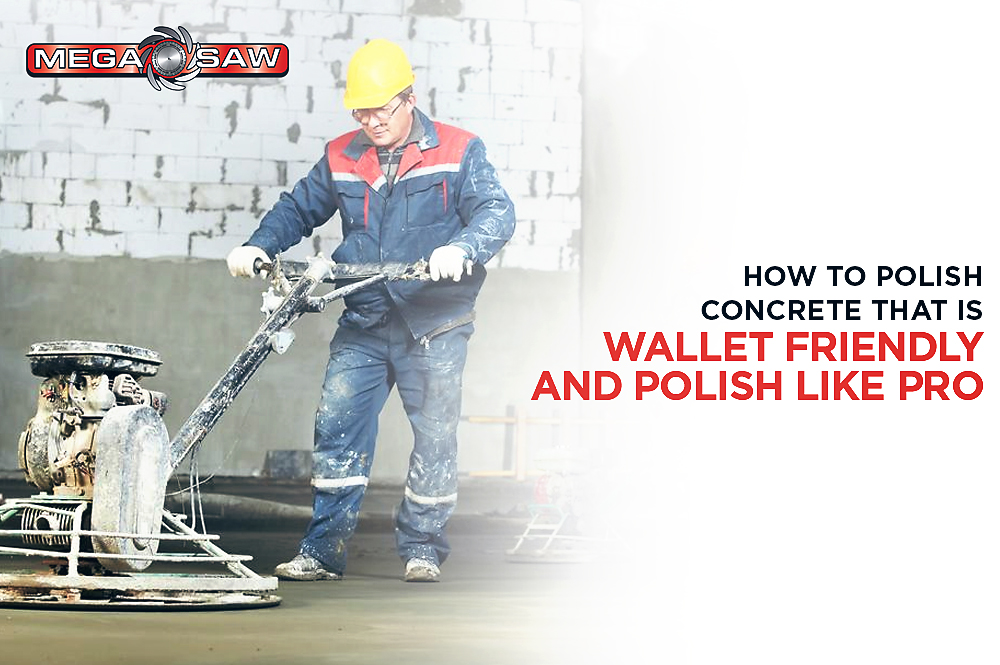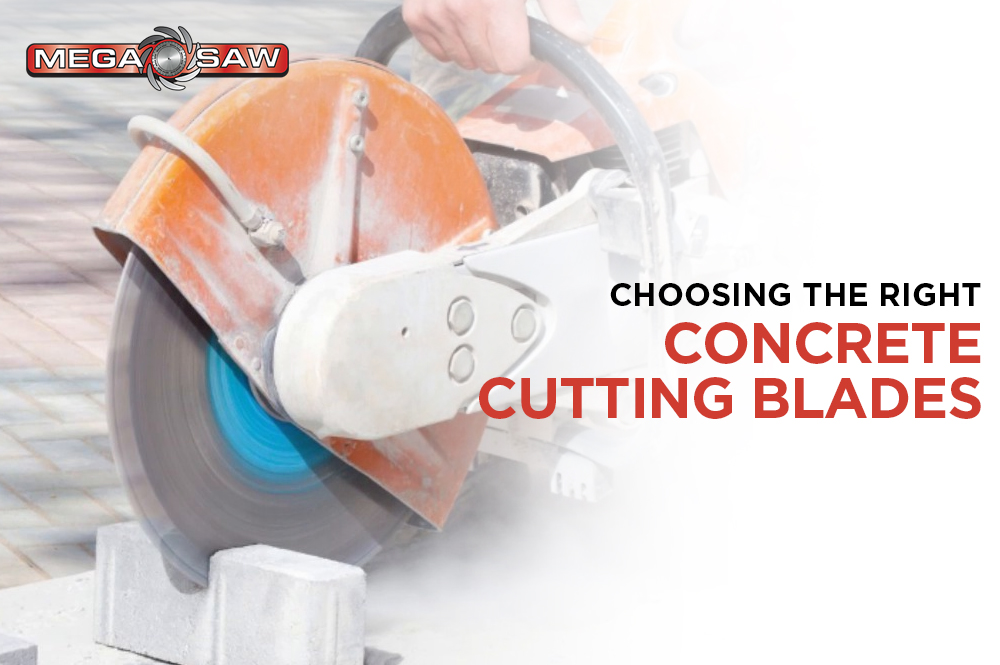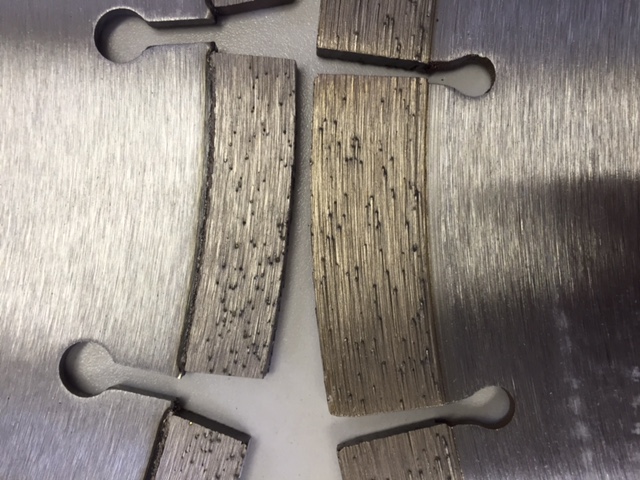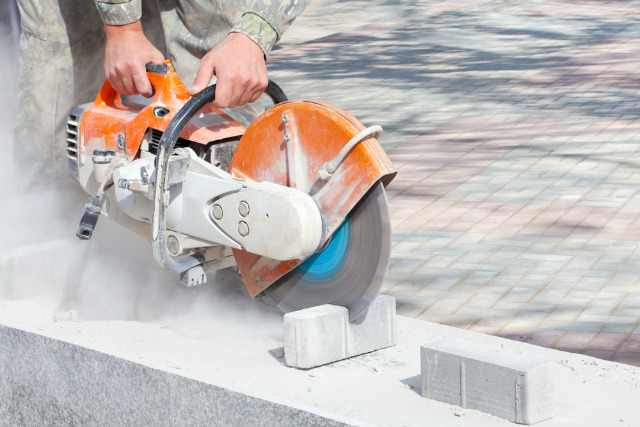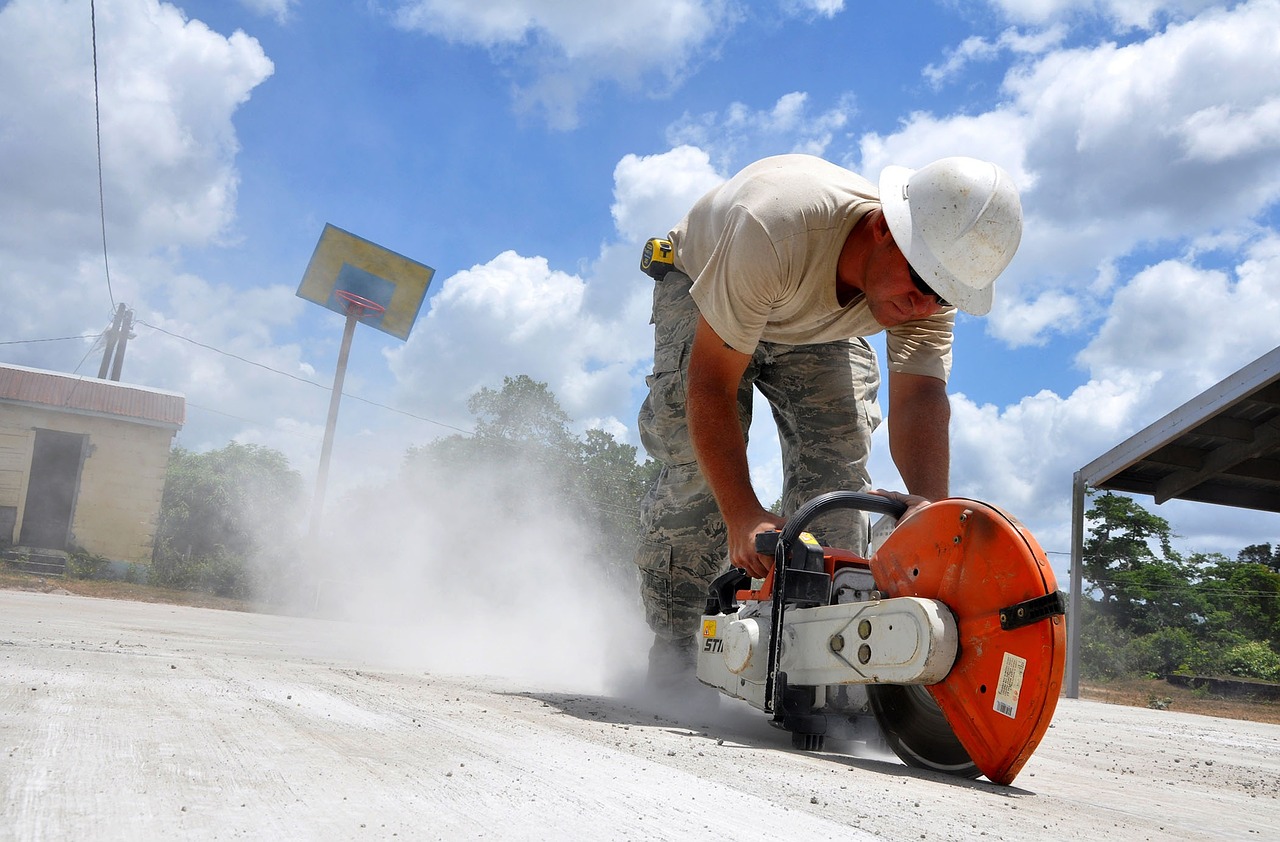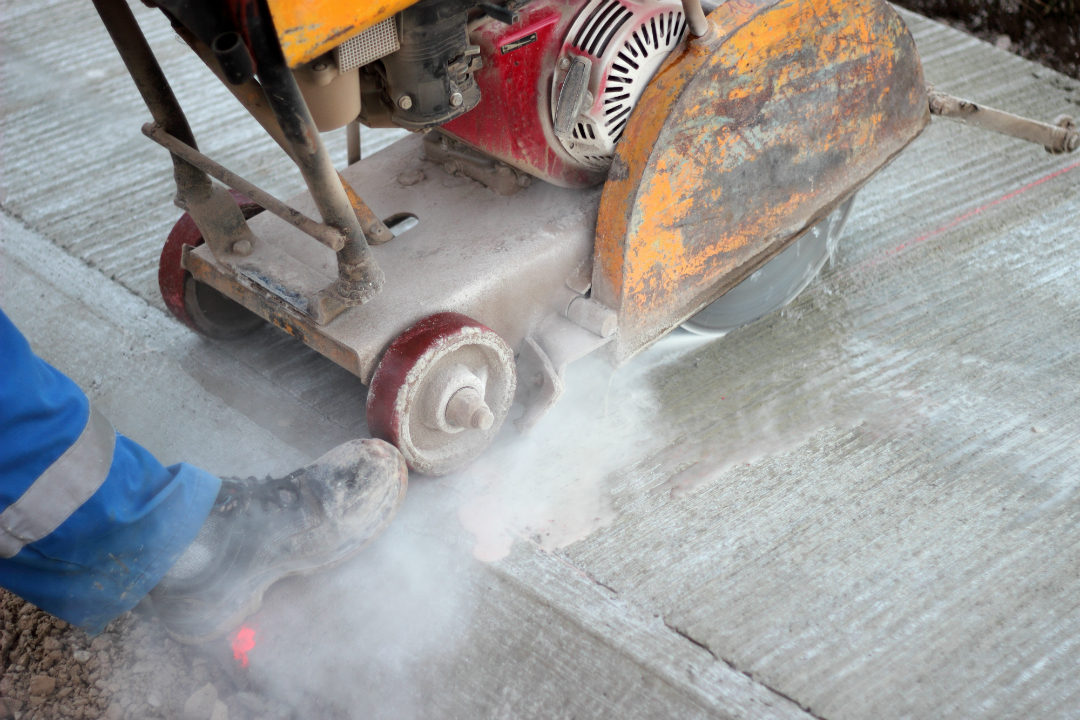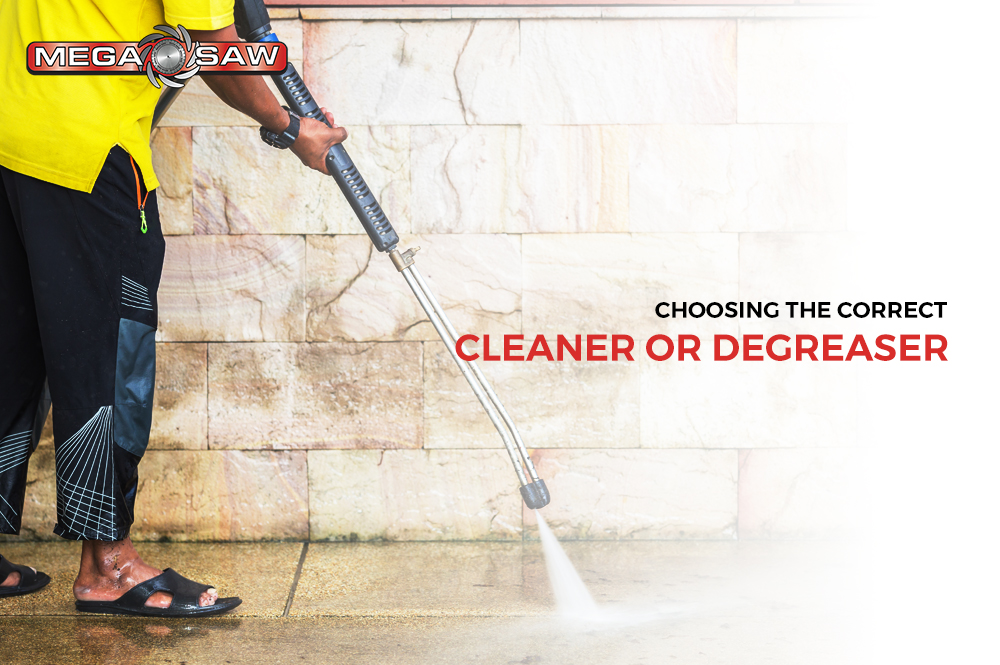Knowing how to drill a hole in concrete comes in handy. With it you can drill holes into your wall, you will be able to put up shelves, hand paintings and install lights with little trouble.

Concrete Drilling Melbourne
Contact us today or CALL 1300 920 419 for more info.
Topics You Might Like:
The good news is – you don’t have to be a pro to drill holes in a concrete floor or even the ceiling.
Before we start with the step by step process, it’s important to keep two things in mind;
Concrete is tough
Created by mixing different elements including sand, gravel, and crushed stone that are then bonded together using cement, concrete surfaces can be as hard as stone.
Even if you’ve managed to drill holes in brick walls before, this will be a completely different task.
Safety is key
Being a very hard material, You need to be ultra careful when drilling through a concrete wall. That’s why using a hammer and sharp object is a no-no. The debris coming off the surface could get into your eyes which can be traumatic.
That’s why safety goggles are recommended. If you suspect that there could be a lot of dust, you may also want to wear a dust mask. Ear protection may also be necessary as drilling job tend to be very noisy.
Step by Step Process of Drilling Into Concrete
Step 1: Get the right drill
To put a hole in a concrete wall, you’ll need a drill. It has to either be a hammer drill or a rotary hammer drill. A standard drill might work or the drilling/rotation might not be enough to break the concrete.
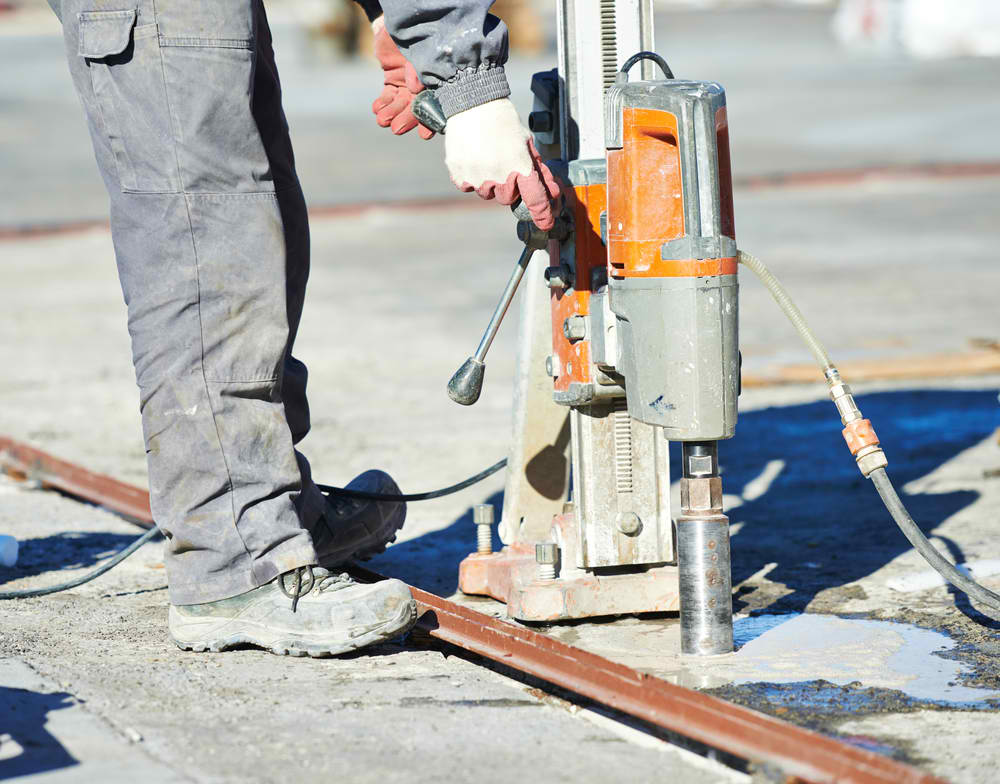
Hammer drills work perfectly because it chisels away the concrete. Its rotary action can punch into the concrete. This double-action allows for faster drilling with minimal effort.
More importantly, the resulting hole is good. This is in contrast to other drills that make holes that aren’t deep enough or off the mark.
Considering how important a hammer drill, here’s what to look for to get the right one:
- Depth gauge
- Variable speed setting
- Good handle and grip
Step 2: Get the right drill bits
You need reliable drill bits to get huge impact on the quality of the resulting hole.
Experts recommend the masonry bit. A masonry bit is specifically designed for rough jobs. The bit is made of stainless steel with the tip made from tungsten carbide to provide an even tougher cutting edge.
When connected to the drill, the hardened head continually bumps against the concrete surface, breaking it down.
The flutes of the drill will help push the masonry dust out and away from the hole. This is different from when using an ordinary drill, when you have to physically blow or push out the dust.
In terms of size, it depends on your project. Anything between 5 to 40 millimeters in diameter and about 39 inches in length will do the job well.
Step 3: Determine how big the hole should be
How big is the hole you need? And, how deep do you want it to be? This will also depend on your project.
A homeowner looking to hang a few art portraits on the wall won’t need overly large holes. The holes also don’t have to be very deep. If the portrait came with plugs, check the length of the plugs by placing the drill head beside the plug and measure the length.
Some machines have a depth setting or depth control bar wherein you can set the needed depth accordingly.
If your machine doesn’t have depth control, just mark the required depth with a pencil or masking tape. Then, attach the drill bit into the chuck and tighten.
Step 4: The Actual Drilling
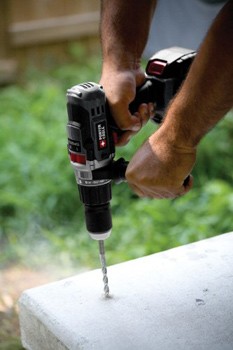
Start by marking on the wall where you want to drill. You can use a marker to mark a visible dot or an “X” sign on the spot.
Alternatively, use an old screw to make a dent on the spot. The screwdriver can also help you chip out a bit of concrete to give you the point of the drill when starting the drilling process.
With that done, place the head of the drill bit on the spot and start drilling. The rule of thumb is to start out slowly and maintain the right pressure. You can always increase the speed later. The pressure needs to be just firm enough to avoid slipping while allowing the drill to rotate freely.
Once the hole starts taking shape, you can increase the rotation speed and even apply more pressure. Since it’s concrete, don’t expect to be done within seconds. It will take time depending on the power of your drill and quality of masonry bits. Once you reach the required depth, stop the machine.
Know How to Troubleshoot
Sometimes drilling projects don’t go as smoothly as anticipated. Along the way, you might hit a beam which may be difficult to penetrate.
If this happens, insert a masonry nail into the hole and hammer. This can help break the concrete, making it easier for the drilling to proceed more smoothly.
If you can follow these steps, expect an easy time drilling. And to be more productive, choose the highly effective hammer drills and masonry bits from Megasaw.
Contact us today to learn more.

Concrete Drilling Melbourne
Contact us today or CALL 1300 920 419 for more info.
Megasaw has over 20 years of experience in the concrete cutting industry.We offer concrete sawing and concrete drilling services in Melbourne and across Victoria. We deal with both residential and commercial projects, and we use the latest tools for high quality construction work.
Topics You Might Like:
Work Safety Gear for Concrete Cutters and Drillers
How to Prevent Accidents at the Workplace
Concrete Drilling Basics and Overview
Most Common Concrete Drilling Hazards and Their Solutions

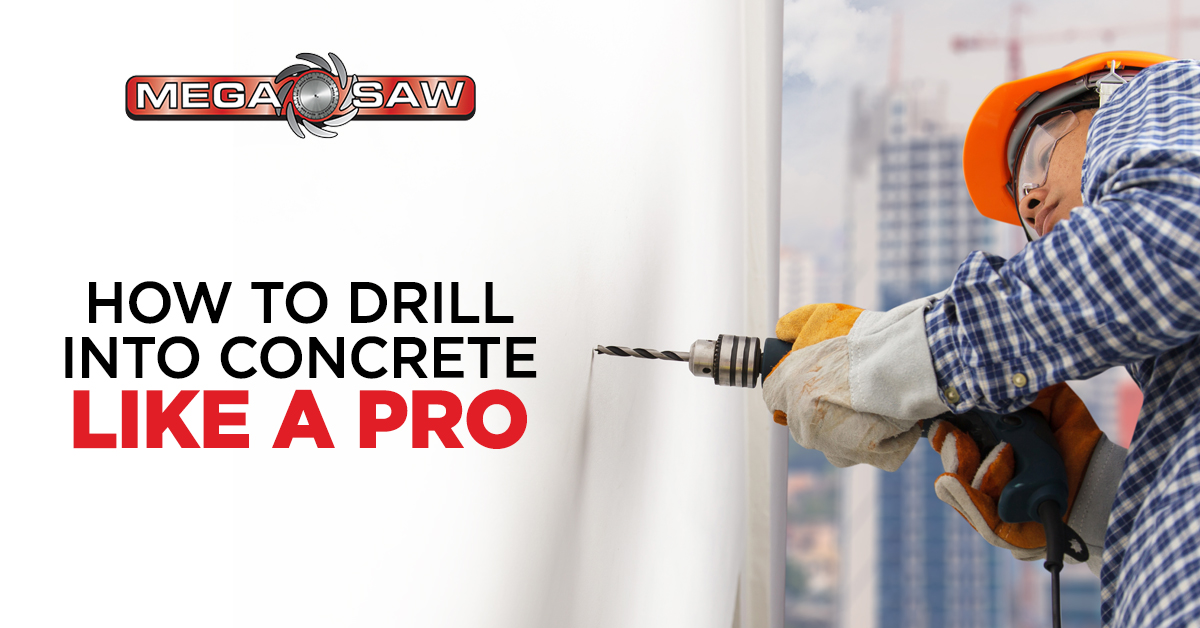
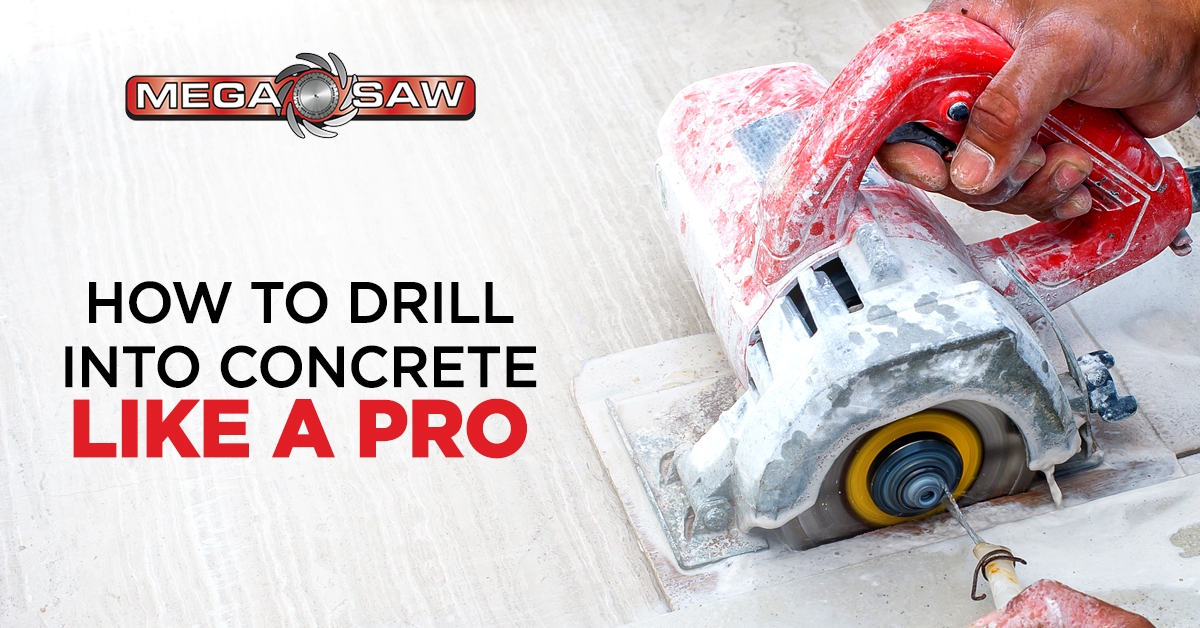
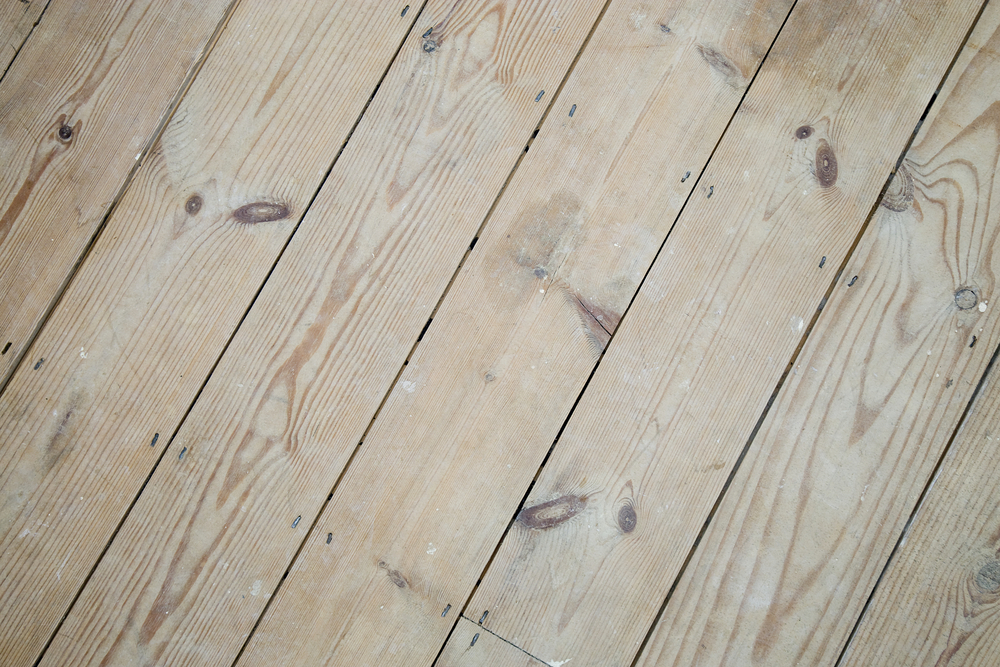
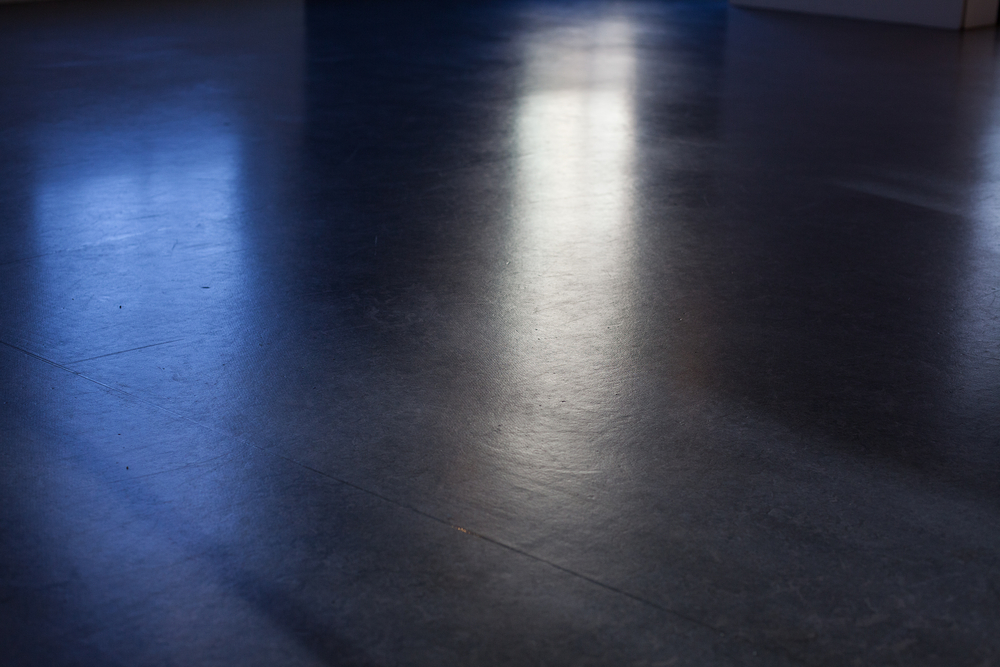
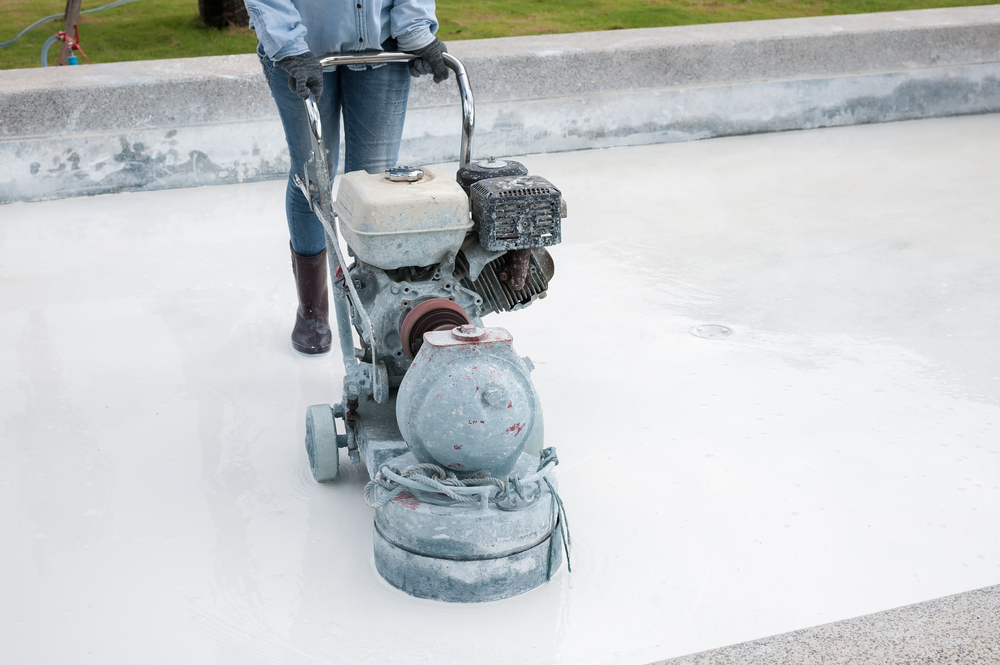
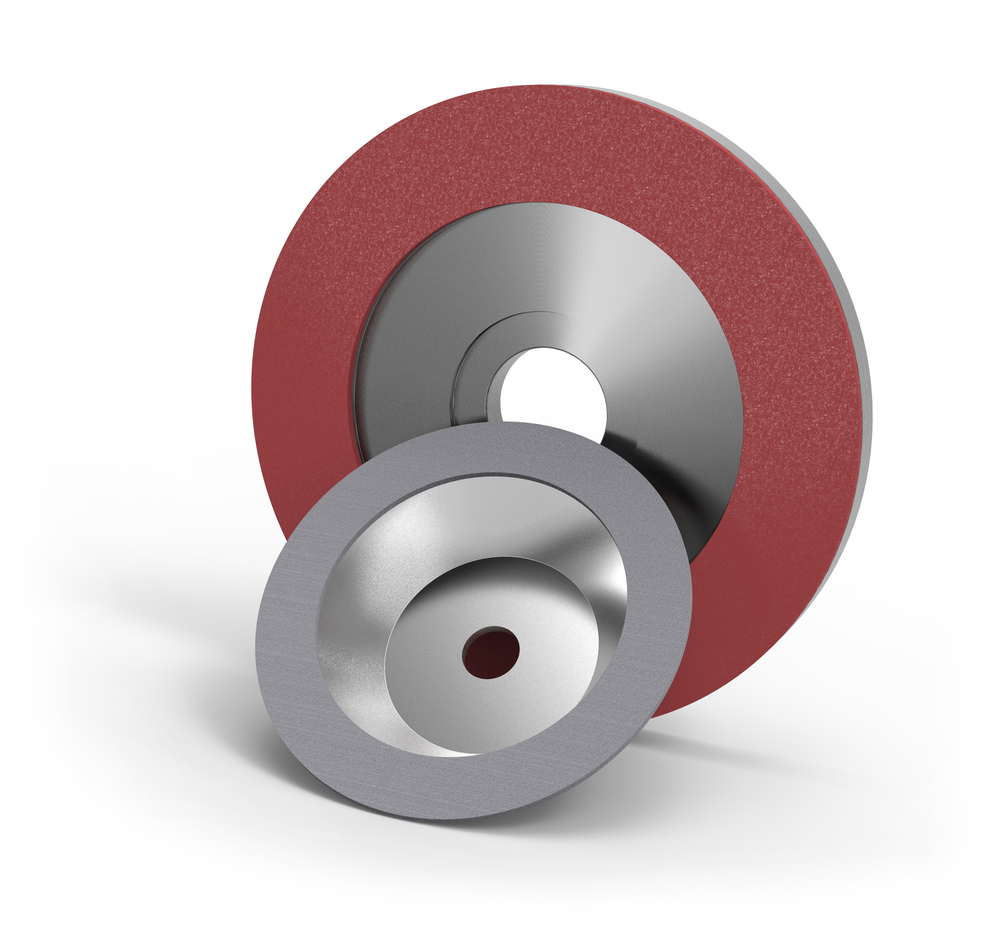

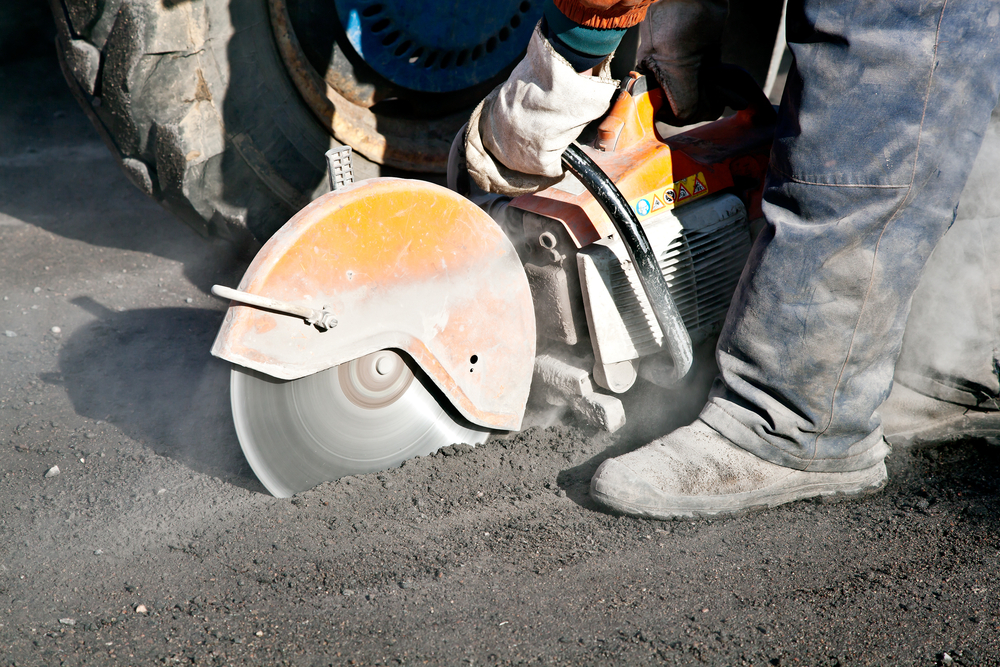
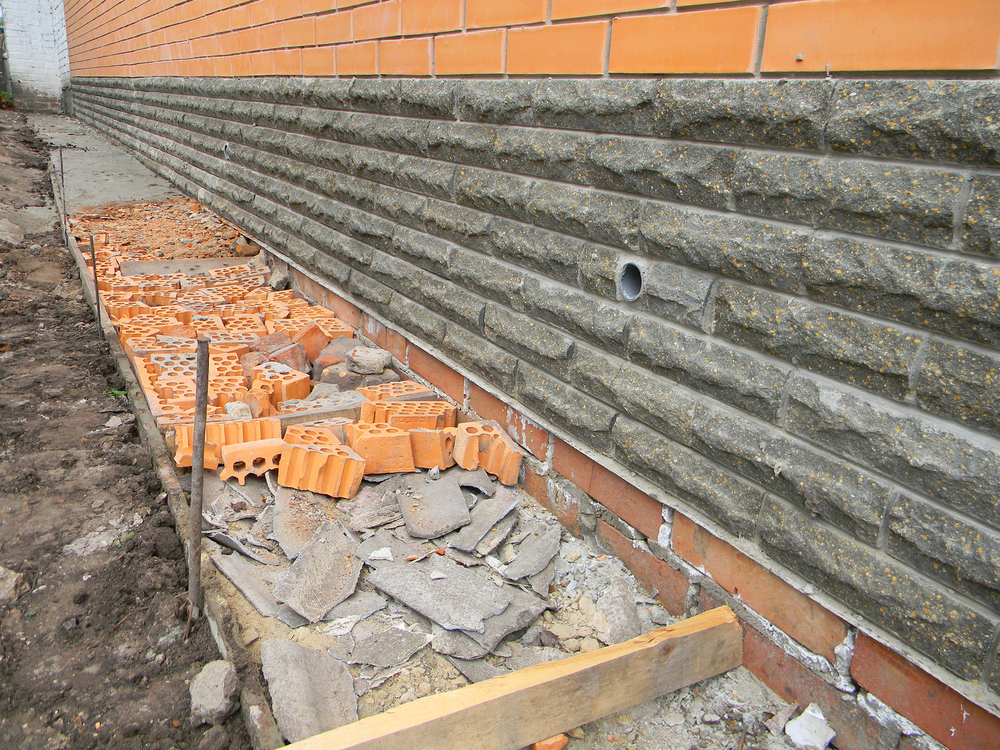
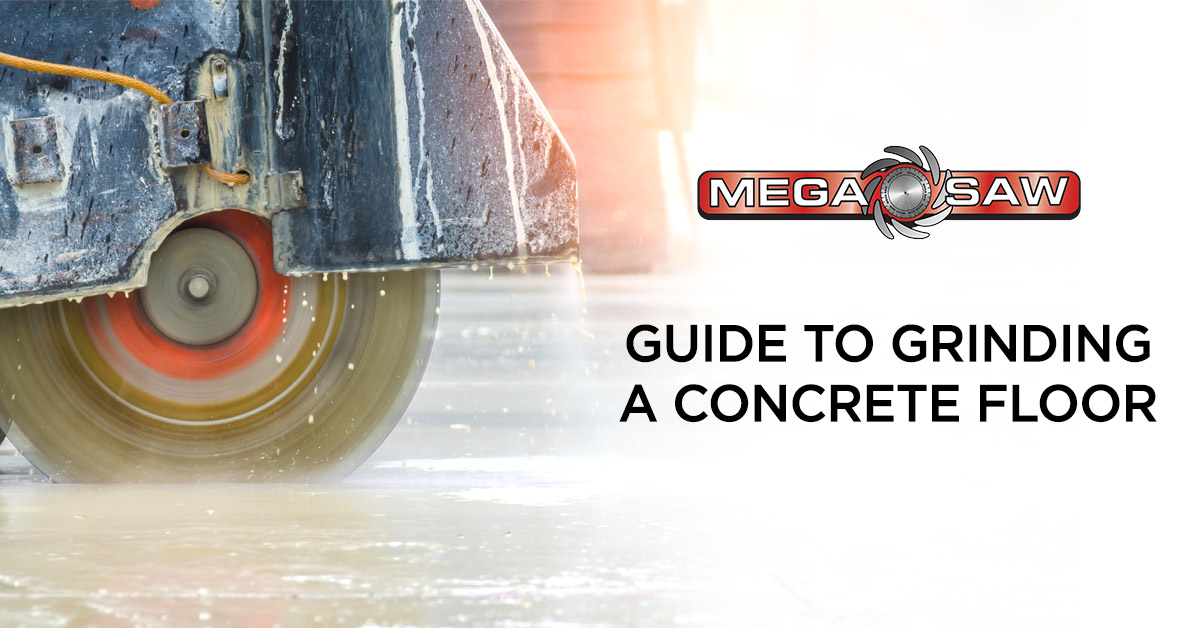
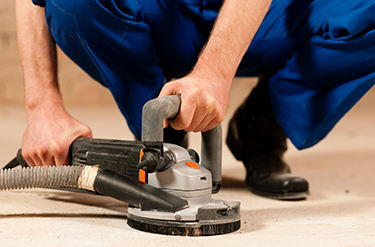
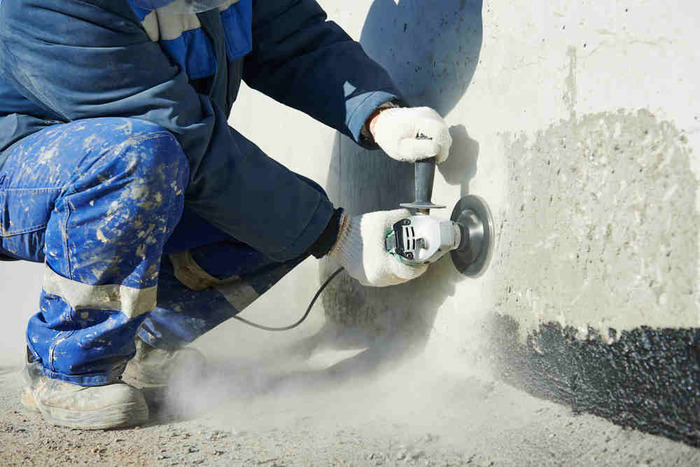
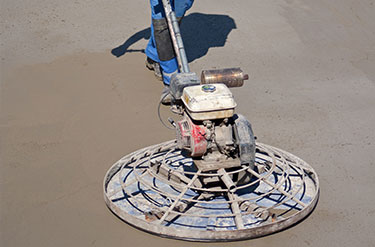
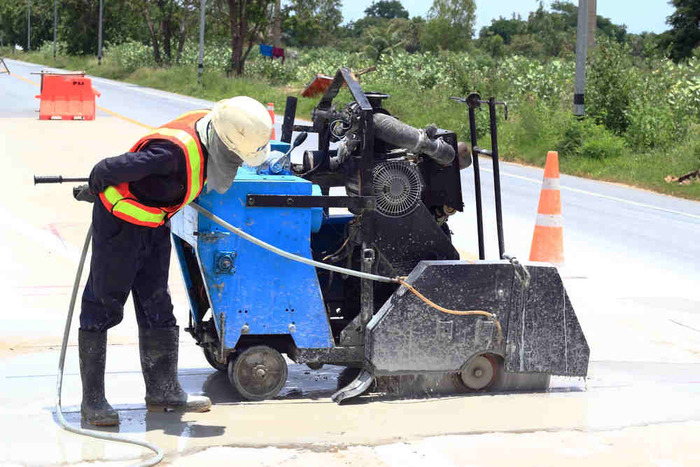
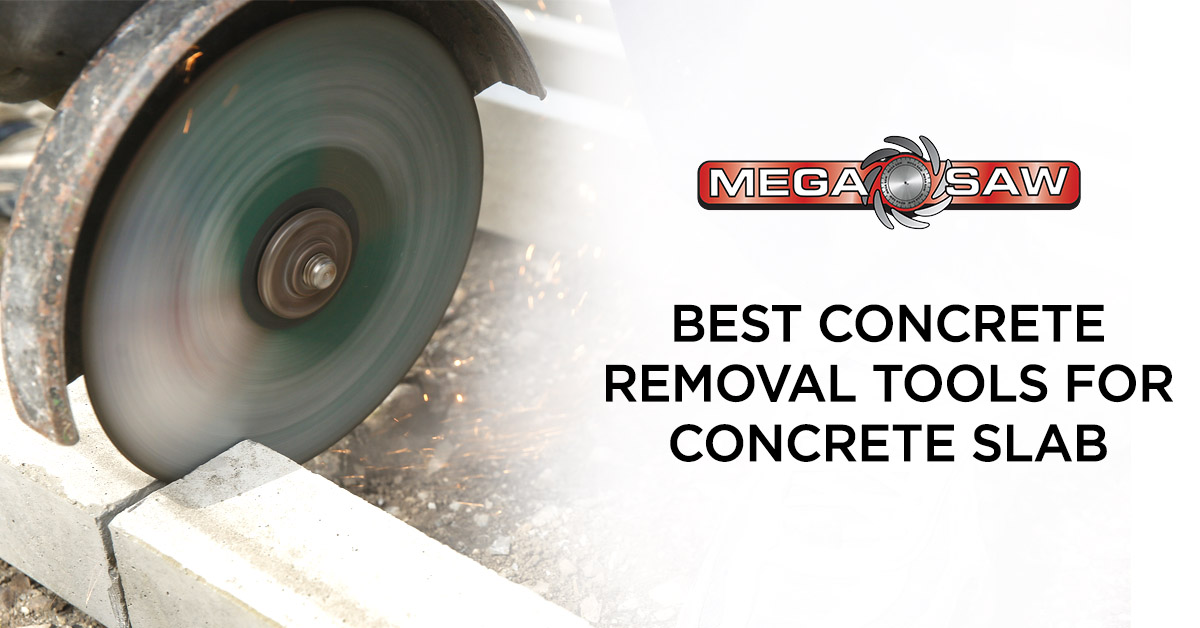
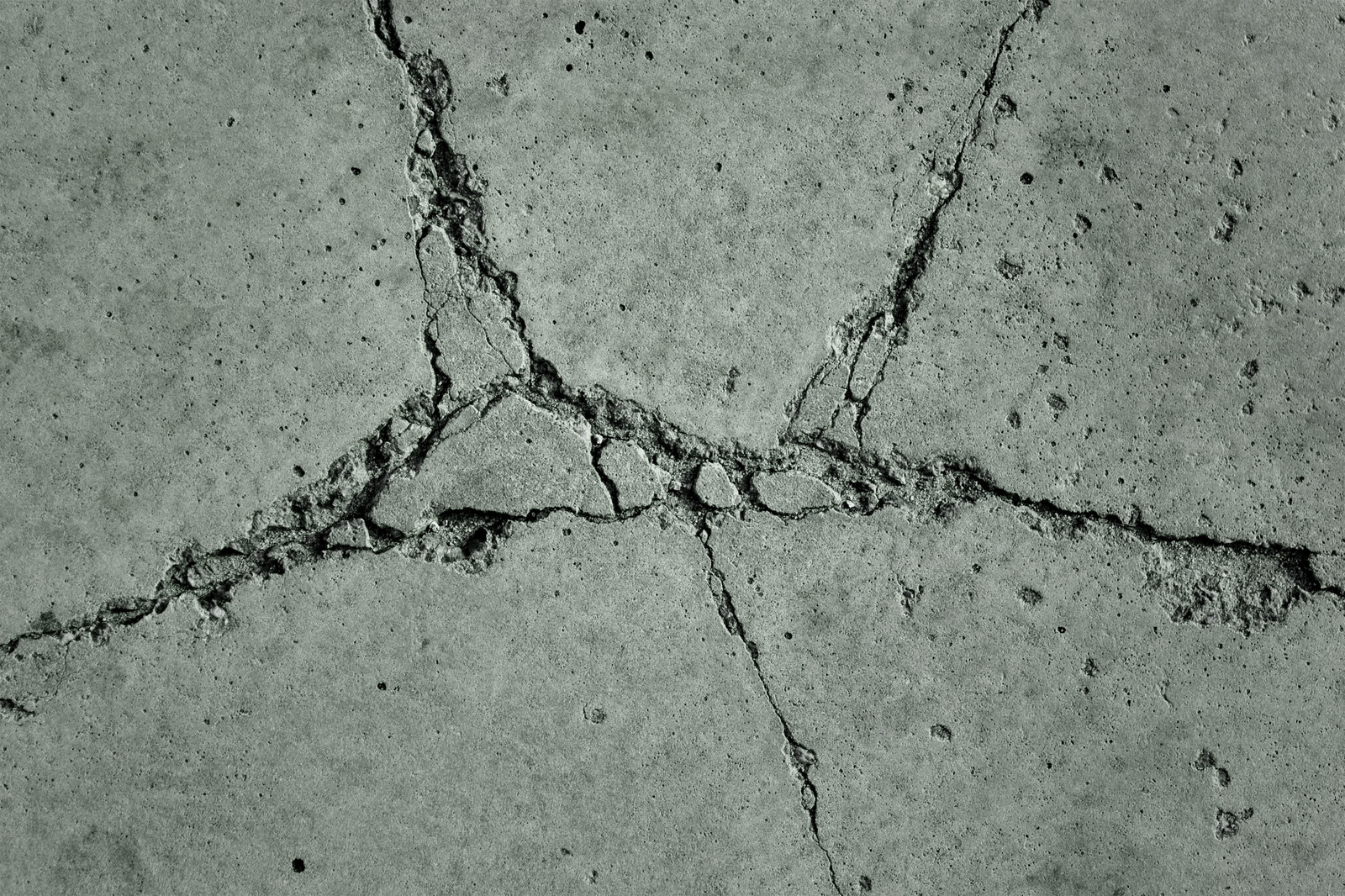
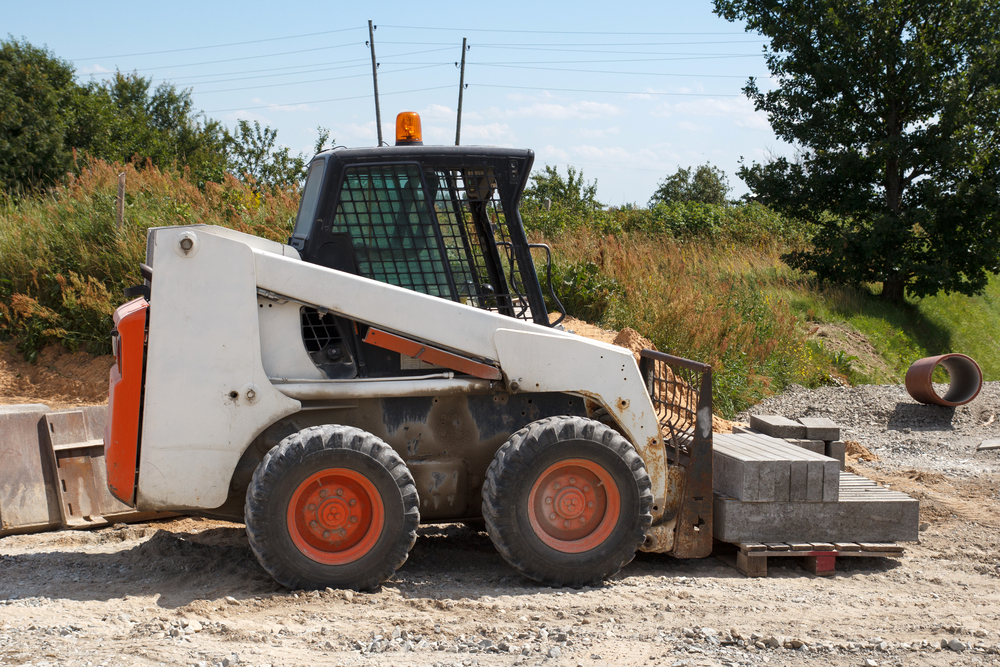
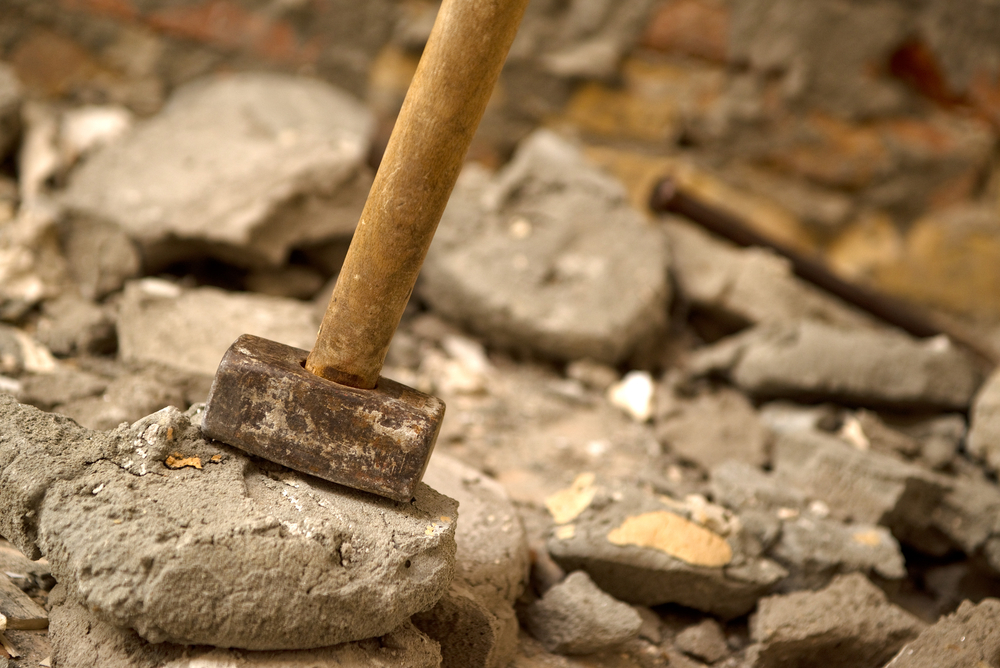
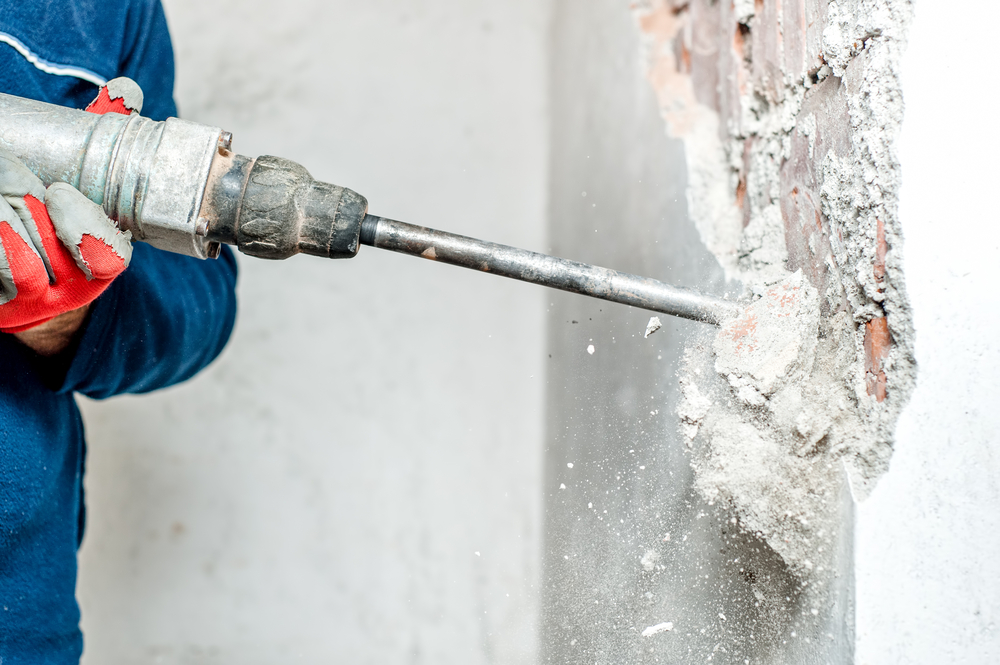
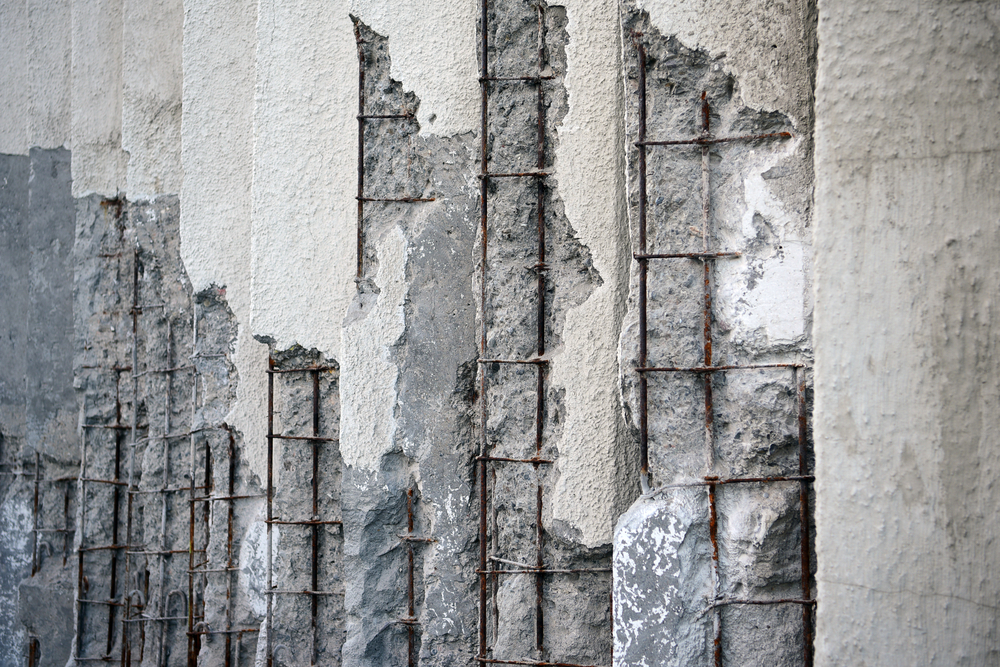

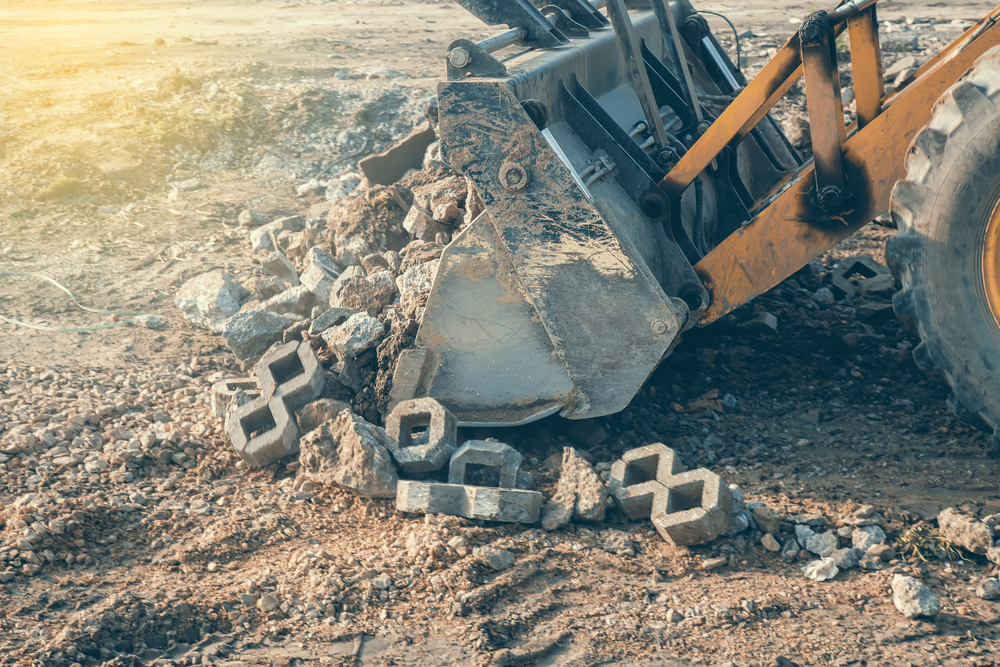
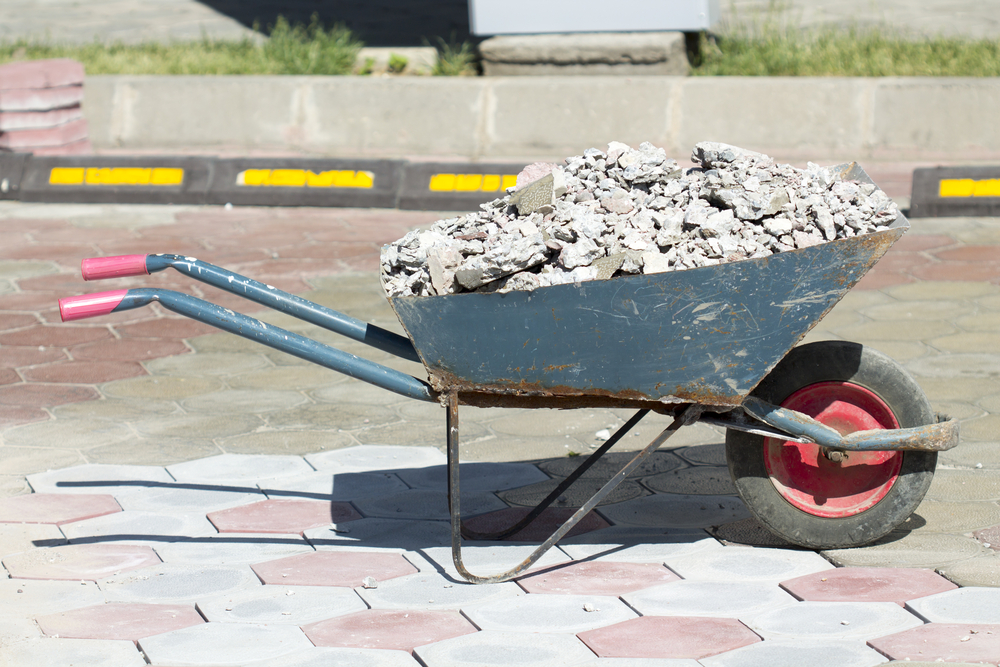
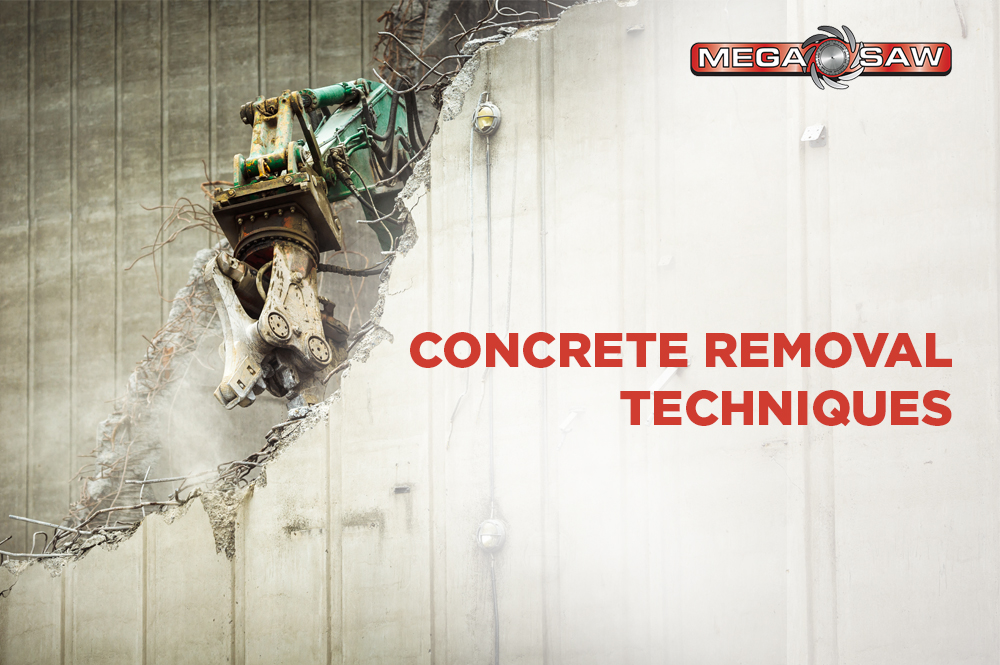
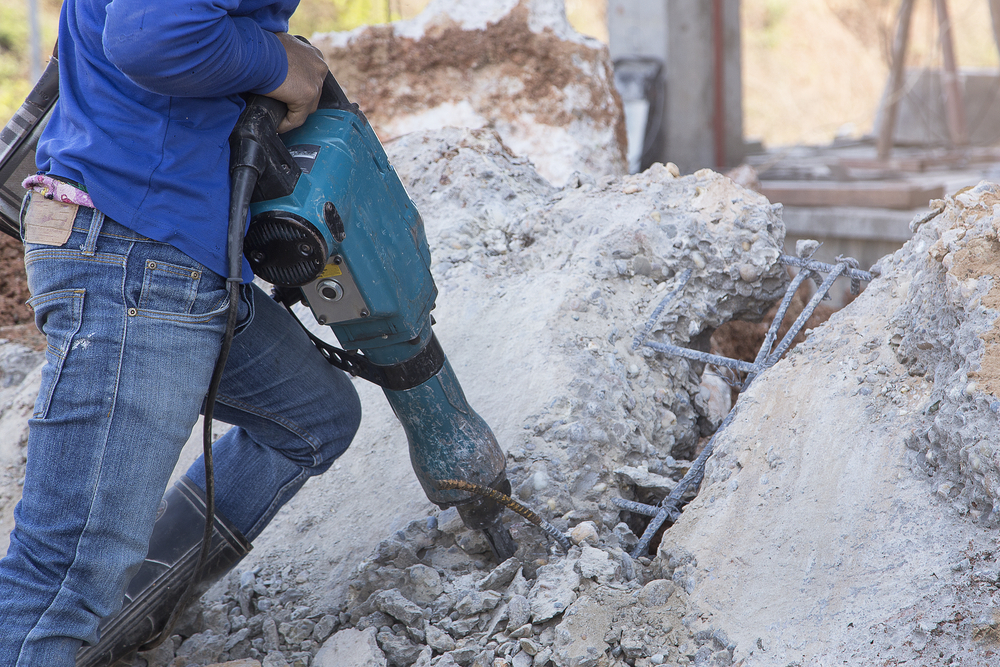

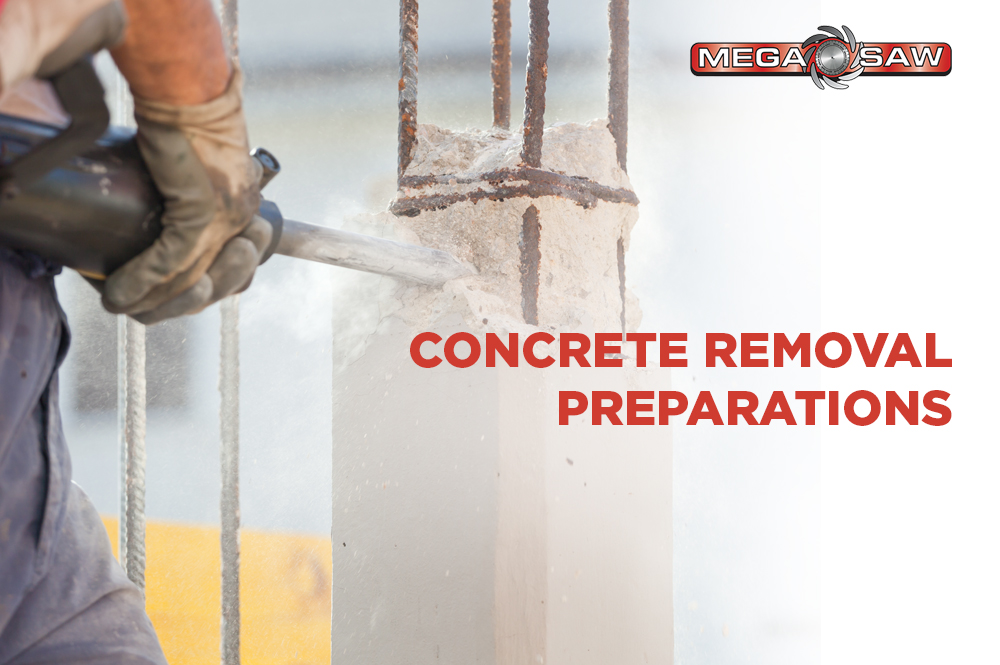
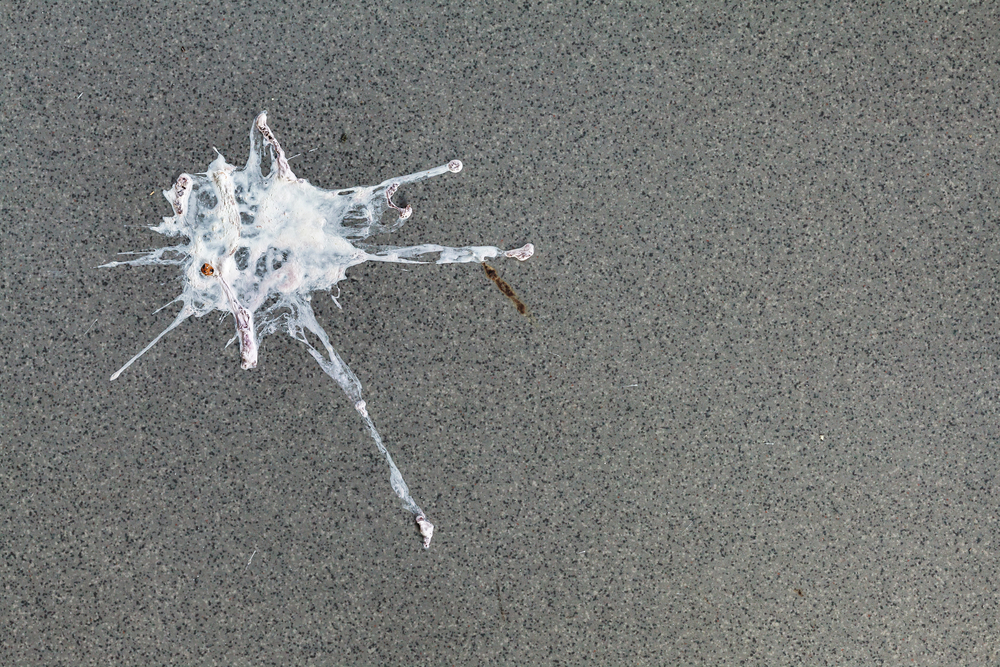
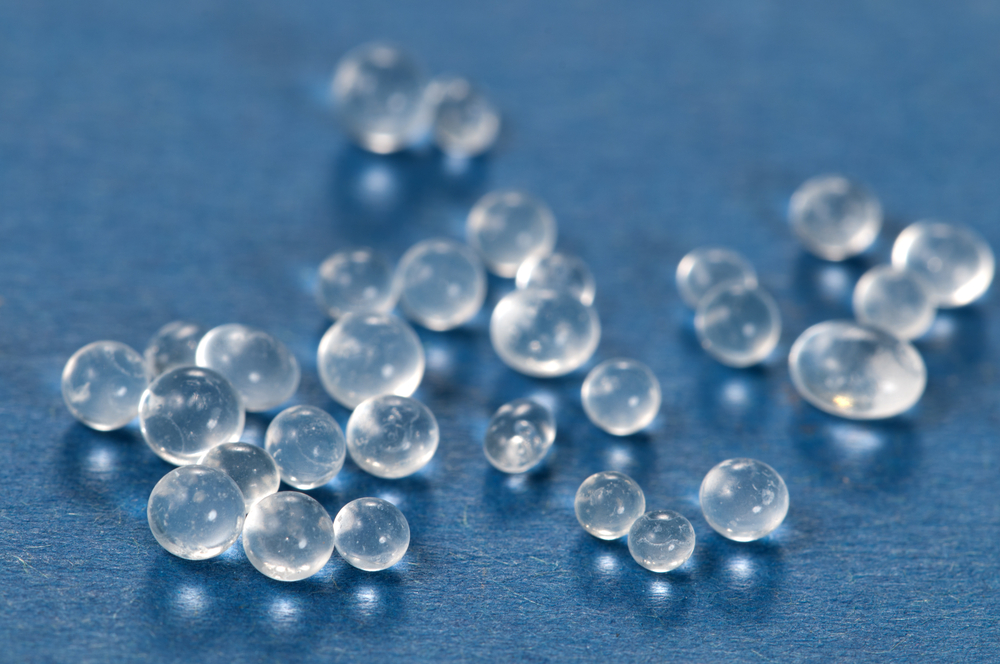
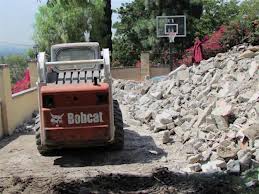 The concrete blocks can then be removed by a bobcat, a forklift or simply by hand. They are removed from the site in concrete recycle bins. Slurry produced from the removal can be taken off by using a suitable slurry extraction vacuum.
The concrete blocks can then be removed by a bobcat, a forklift or simply by hand. They are removed from the site in concrete recycle bins. Slurry produced from the removal can be taken off by using a suitable slurry extraction vacuum. 